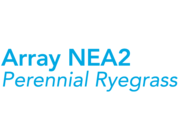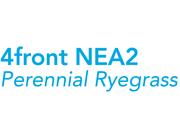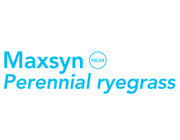Perennial ryegrass varieties available from Barenbrug Australia
To find your nearest rural retailer that stocks our perennial ryegrass varieties, please contact us.
To find your nearest rural retailer that stocks our perennial ryegrass varieties, please contact us.







